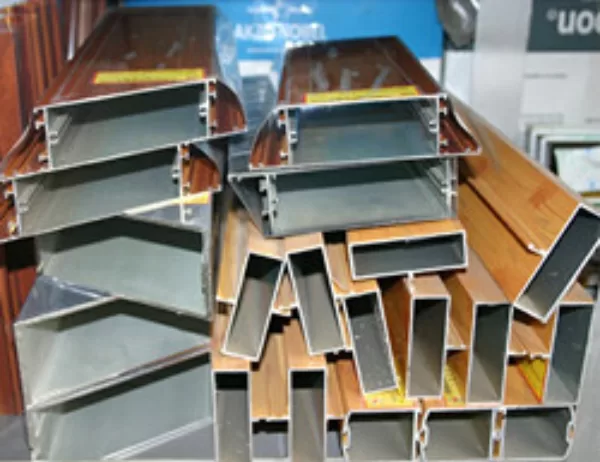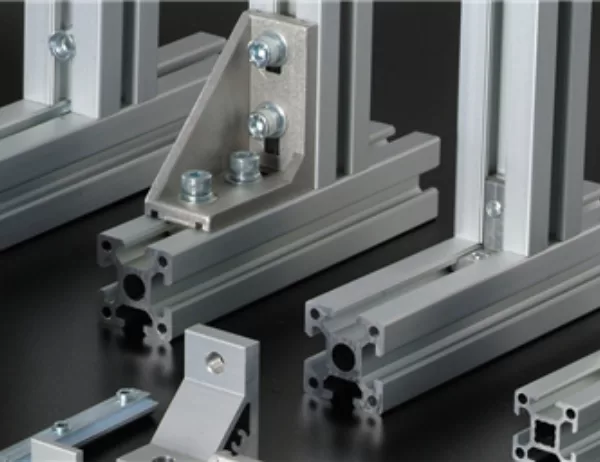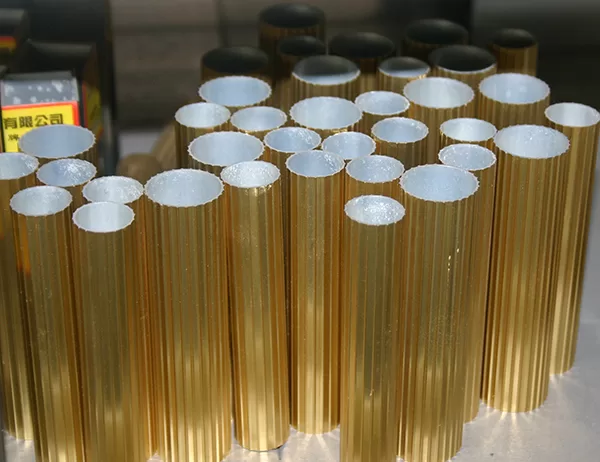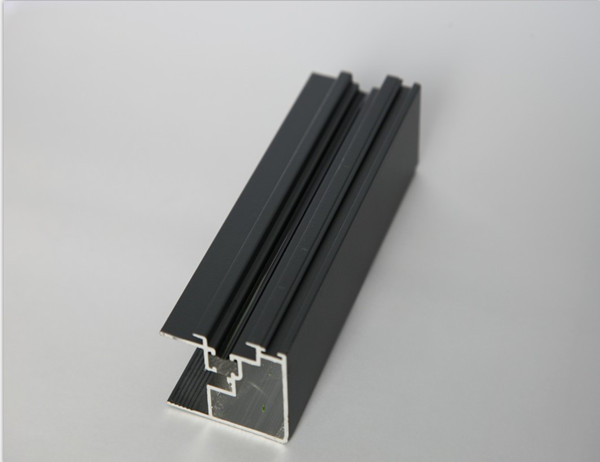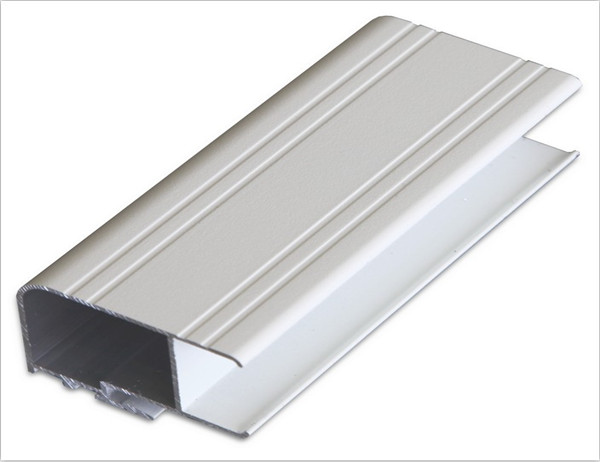The global construction industry is undergoing a transformation, driven by technological advancements and increasing demand for sustainable and efficient building practices. Among these advancements, the adoption of Mivan aluminium formwork has emerged as a game-changer, revolutionizing the way buildings are designed and constructed. This article explores the future prospects of Mivan aluminium formwork in global construction, highlighting its benefits and the key factors driving its adoption.
Benefits of Mivan Aluminium Formwork
Durability and Reusability: Mivan aluminium formwork is known for its exceptional durability and longevity. The aluminium alloy used in its construction is highly resistant to corrosion and weathering, ensuring that it can be reused multiple times without compromising its structural integrity. This reusability significantly reduces construction costs and waste generation.
Precision and Speed: The interlocking panels of Mivan aluminium formwork enable the creation of precise and accurate wall and floor structures. The system’s modular design allows for rapid assembly and dismantling, resulting in faster construction times. This efficiency translates into reduced project durations and cost savings.
Architectural Versatility: Mivan aluminium formwork offers unparalleled architectural flexibility. The panels can be easily customized to create complex shapes, intricate designs, and curved surfaces. This versatility empowers architects and designers to explore innovative building concepts and create visually stunning structures.
Growth Drivers
Rising Urbanization: The rapid growth of urbanization worldwide is driving the demand for residential, commercial, and infrastructure projects. Mivan aluminium formwork is particularly suited for high-rise buildings and dense urban environments, where space is limited and speed of construction is crucial.
Sustainability: The construction industry is under increasing pressure to adopt sustainable practices. Mivan aluminium formwork contributes to sustainability by reducing waste, limiting resource consumption, and minimizing greenhouse gas emissions. Its reusability and long lifespan further enhance its environmental credentials.
Technological Advancements: Continuous advancements in technology are driving the evolution of Mivan aluminium formwork. The integration of digital design tools, such as Building Information Modeling (BIM), optimizes the planning and execution of construction projects. Improved manufacturing processes are also enhancing the quality and efficiency of the formwork systems.
Challenges and Opportunities
While the future of Mivan aluminium formwork is promising, it is not without challenges. The higher upfront cost compared to traditional formwork systems may limit its adoption in some markets. Additionally, the availability of skilled labor and specialized equipment can impact the widespread deployment of the technology.
However, these challenges also present opportunities for innovation and partnerships. Collaboration between manufacturers, contractors, and architects can address cost concerns and ensure the availability of trained personnel. Technological advancements can further mitigate challenges by reducing labor requirements and optimizing the design and production processes.
Conclusion
The future of Mivan aluminium formwork in global construction is bright. Its durability, reusability, precision, and architectural versatility make it an ideal solution for the evolving needs of the industry. As urbanization, sustainability, and technological advancements drive the construction landscape, Mivan aluminium formwork will continue to revolutionize the way buildings are designed and built, paving the way for more efficient, sustainable, and visually stunning structures.
